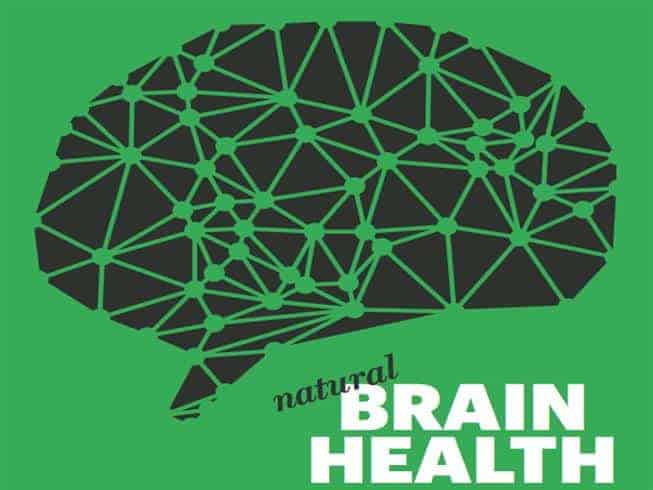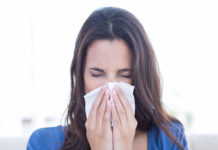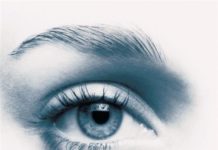
The brain is the centre of the nervous system, and is the most complex organ in the body. A human’s cerebral cortex is estimated to contain 15-33 billion neurons (Pelvig, et al., 2008). Each neuron is connected by synapses to other neurons. Neurons communicate with axons, which carry action potentials to other parts of the brain or the body. The brain is often thought of as a biological computer—similar in the sense of how it acquires information, stores it, and processes it.
Neurons and glial cells are the two primary classes of cells in the brain. While neurons send signals to specific cells in the body, glial cells function as structural support, metabolic support and insulation, to name a few.
Keeping the brain healthy will ensure that the rest of the body is also functioning at an optimal level. Though there are many different aspects to brain health, these common symptoms can be an indicator that something can be wrong.
SYMPTOMS:
-Changed in vision
-Persistent headache
-Sudden confusion
-Nausea or vomiting
-Sudden neck pain
-Trouble speaking
-Problems with walking or balance
-Memory loss
-Low Energy or Mood
-Insomnia
-Anxiety, stress, worry
-Brain Fog
HOW THE BRAIN IMPACTS YOUR HEALTH
The brain is our consciousness. It’s our capacity to think, learn, reason, and remember. If the brain is not healthy, neither is the body. An issue in the brain can affect your day-to-day life by causing migraines, sleeping disorders, memory issues, depression, and increase your risk of stokes, Alzheimer’s and dementia.
4 Main Parts of the Brain
1. The cerebrum, also known as the cortex, is the largest part of the human brain, and is responsible for performing many important brain functions, including thought processing. It is divided into four different lobes that each have their own functions:
– The frontal lobe is used for language, logic, high-level cognition, and motor skills.
-The parietal lobe is responsible for processing information sent to the brain, such as pain and touch.
-The occipital lobe interprets information sent by the eyes.
-The temporal lobe forms memories and processes sound.
2. The cerebellum is responsible for balance, posture, and movement. It also contains more neurons than the entire brain.
3. The limbic system is made up of four different sections and is tasked with emotional response.
-The thalamus receives all sensory information and performs motor and sensory functions.
-The hypothalamus controls the pituitary glands, responsible for producing hormones, and also controls circadian rhythms, hunger, and emotions, to name a few.
– The amygdala is associated with fear, memory and emotion.
-The hippocampus is responsible for learning and converts short-term memories into long-term memories.
4. The brain stem coordinates movement, reflexes, blood pressure, breathing and the heartbeat. There are three parts to the brain stem that help it function.
-The midbrain controls body movement, hearing, and vision. It also plays a large part in transferring messages to the body.
-Pons performs sensory analysis and also maintains levels of consciousness.
-The medulla is controls the heart rate and breathing.











